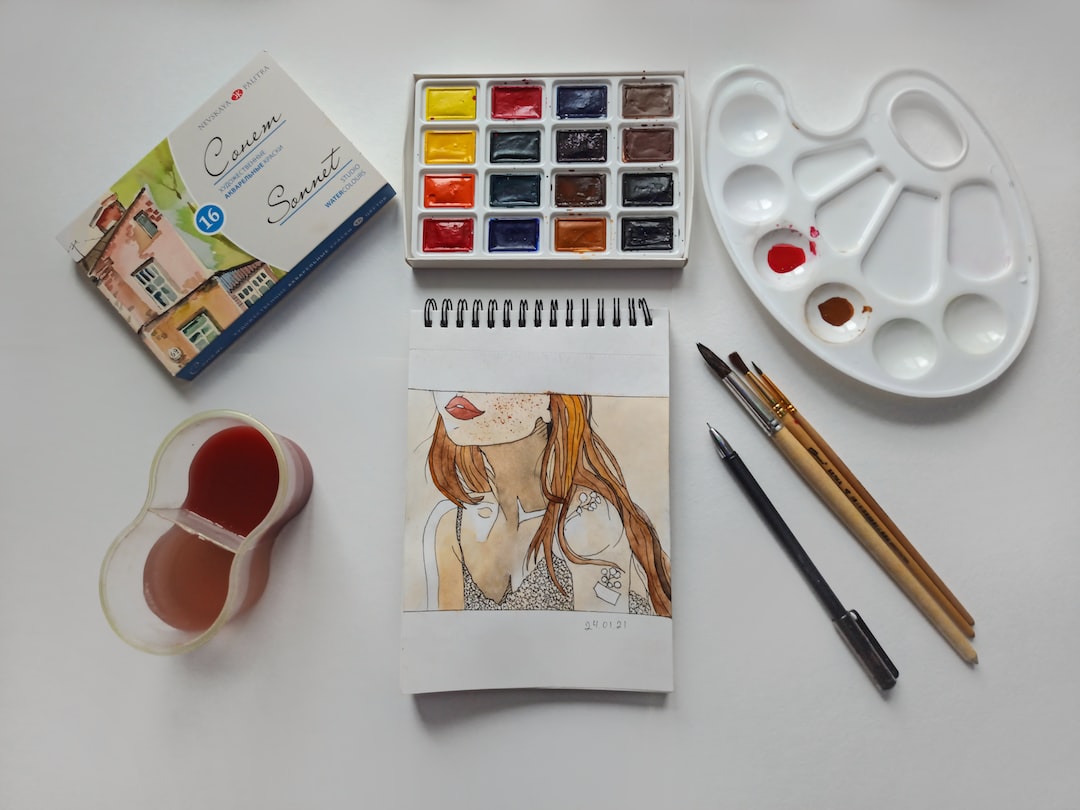Introduction to the Art of Calligraphy
Calligraphy is a beautiful art form that has been practiced for centuries. It is the art of creating visually appealing and harmonious handwriting or lettering. Calligraphy originated in ancient China and has since spread to various parts of the world, each region developing its own unique styles and techniques. In this blog post, we will take a closer look at the fascinating world of calligraphy and explore its history, styles, tools, and essential techniques.
History of Calligraphy:
Calligraphy has a rich and diverse history that dates back thousands of years. It first emerged in ancient China, where it was considered a valued form of self-expression and a mark of education and refinement. Chinese calligraphy reached its golden age during the Tang Dynasty and has continued to evolve and flourish ever since.
The art of calligraphy later spread to Japan, where it is known as shodo, and to the Islamic world, where it is referred to as Islamic calligraphy. Both Japan and the Islamic world developed their own distinct styles and scripts, incorporating their cultural traditions and religious texts into their calligraphic works.
Styles of Calligraphy:
Calligraphy encompasses a wide range of styles and scripts, each with its own unique characteristics. Some of the most well-known calligraphy styles include:
1. Chinese Calligraphy: There are five major script styles in Chinese calligraphy, namely, seal script, clerical script, regular script, running script, and cursive script. Each style has its own set of rules and strokes, creating different visual effects and moods.
2. Japanese Calligraphy: Japanese calligraphy, or shodo, primarily uses two main scripts: kanji (Chinese characters) and kana (syllabic scripts). The art of Japanese calligraphy focuses on balance, rhythm, and simplicity, with a strong emphasis on the beauty of brushstrokes.
3. Islamic Calligraphy: Islamic calligraphy plays a significant role in Islamic art and culture. It predominantly features Arabic script and is often used to adorn mosques, manuscripts, ceramics, and textiles. Islamic calligraphy is renowned for its intricate geometric patterns and delicate embellishments.
Tools of Calligraphy:
A variety of tools are used in calligraphy, each contributing to the creation of distinctive strokes and effects. Some of the essential tools include:
1. Calligraphy Brush: The brush is the primary tool used in calligraphy and comes in various sizes and shapes. It is traditionally made with animal hair, such as goat, wolf, or horse hair, and has a bamboo or wooden handle. The brush allows for a wide range of strokes, from thick to thin, depending on the pressure applied.
2. Ink: Ink is a vital component of calligraphy. Traditionally, black ink made from soot and water was used, but colored inks are also employed today. The ink is usually ground on an inkstone and mixed with water to achieve the desired consistency.
3. Paper: The choice of paper in calligraphy is crucial, as it affects the absorption, texture, and durability of ink. Rice paper, known as xuan paper in China and washi paper in Japan, is commonly used due to its smooth surface and ability to retain ink.
Essential Techniques:
Mastering calligraphy requires patience, practice, and a deep understanding of the fundamental techniques. Here are a few key techniques to get you started:
1. Posture and Grip: Adopting the correct posture and holding the brush at the right angle are essential for achieving clean and precise strokes. Sit upright with your feet flat on the ground, hold the brush lightly but firmly, and position it at a slight angle to the paper.
2. Stroke Sequencing: Learning the proper sequence of strokes is crucial for creating beautiful characters. Each script style has its own specific stroke order, which contributes to the overall balance and flow of the lettering.
3. Control of Pressure: Calligraphy involves the control of pressure applied to the brush. Varying the pressure allows you to create thick and thin lines, conveying depth and movement in your lettering.
Conclusion:
Calligraphy is a captivating art form that combines aesthetics, craftsmanship, and cultural heritage. It continues to inspire artists and enthusiasts worldwide, with each region adding its own unique touch to this ancient tradition. Whether you are interested in exploring Chinese, Japanese, or Islamic calligraphy, mastering this art requires dedication, practice, and a willingness to embrace the beauty of the written word. So go ahead, grab a brush, and embark on your calligraphic journey.

